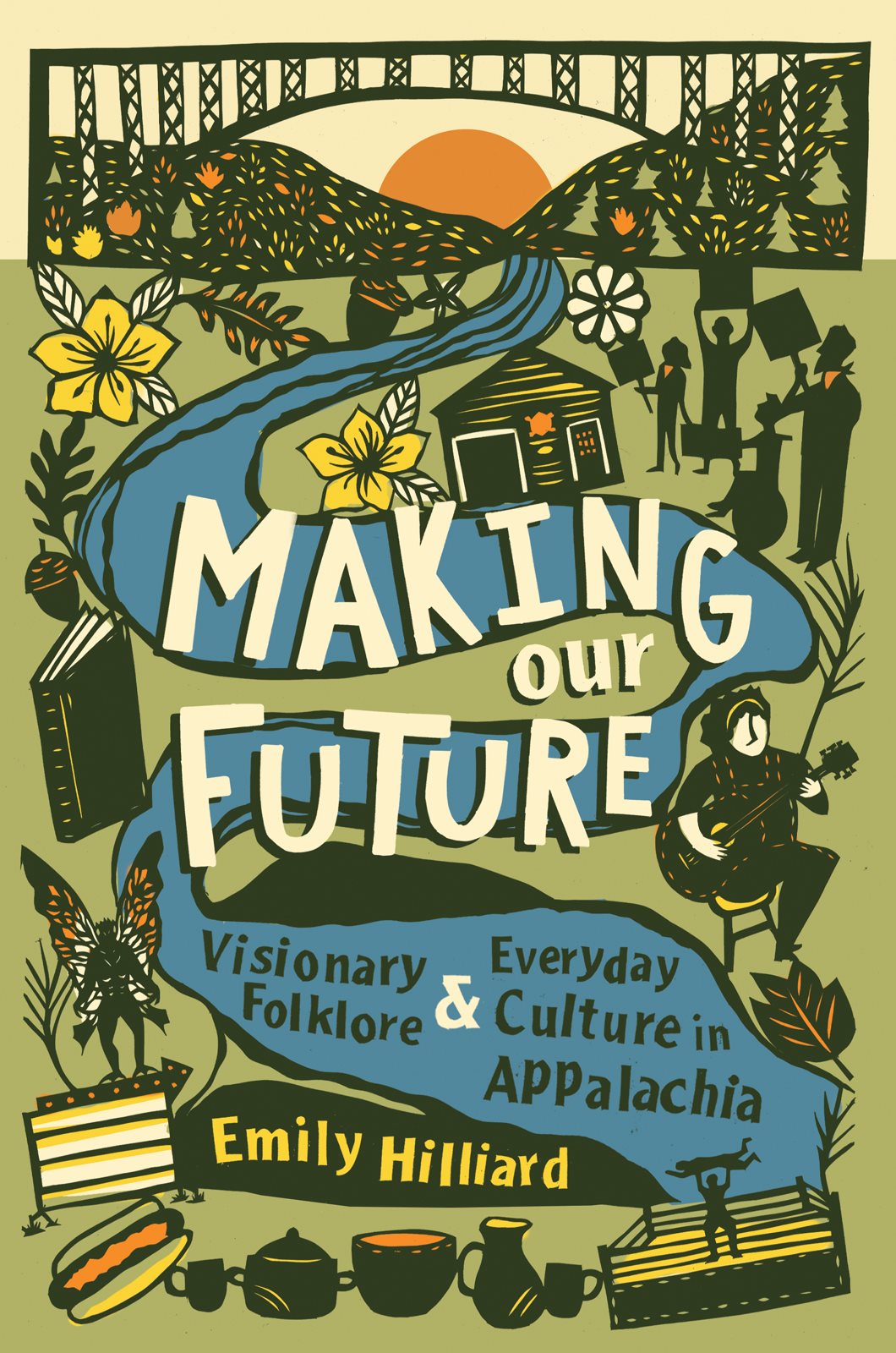Emily Hilliard - Making Our Future: Visionary Folklore and Everyday Culture in Appalachia
Here you can read online Emily Hilliard - Making Our Future: Visionary Folklore and Everyday Culture in Appalachia full text of the book (entire story) in english for free. Download pdf and epub, get meaning, cover and reviews about this ebook. year: 2022, publisher: The University of North Carolina Press, genre: Politics. Description of the work, (preface) as well as reviews are available. Best literature library LitArk.com created for fans of good reading and offers a wide selection of genres:
Romance novel
Science fiction
Adventure
Detective
Science
History
Home and family
Prose
Art
Politics
Computer
Non-fiction
Religion
Business
Children
Humor
Choose a favorite category and find really read worthwhile books. Enjoy immersion in the world of imagination, feel the emotions of the characters or learn something new for yourself, make an fascinating discovery.

- Book:Making Our Future: Visionary Folklore and Everyday Culture in Appalachia
- Author:
- Publisher:The University of North Carolina Press
- Genre:
- Year:2022
- Rating:4 / 5
- Favourites:Add to favourites
- Your mark:
Making Our Future: Visionary Folklore and Everyday Culture in Appalachia: summary, description and annotation
We offer to read an annotation, description, summary or preface (depends on what the author of the book "Making Our Future: Visionary Folklore and Everyday Culture in Appalachia" wrote himself). If you haven't found the necessary information about the book — write in the comments, we will try to find it.
With chapters on the expressive culture of the West Virginia teachers strike, the cultural significance of the West Virginia hot dog, the tradition of independent pro wrestling in Appalachia, the practice of nonprofessional women songwriters, the collective counternarrative of a multiracial coal camp community, the invisible landscape of writer Breece DJ Pancakes hometown, the foodways of an Appalachian Swiss community, the postapocalyptic vision presented in the video game Fallout 76, and more, the book centers the collective nature of folklife and examines the role of the public folklorist in collaborative engagements with communities and culture. Hilliard argues that folklore is a unifying concept that puts diverse cultural forms in conversation, as well as a framework that helps us reckon with the past, understand the present, and collectively shape the future.
Emily Hilliard: author's other books
Who wrote Making Our Future: Visionary Folklore and Everyday Culture in Appalachia? Find out the surname, the name of the author of the book and a list of all author's works by series.



